We believe everyone should be able to make financial decisions with confidence. And while our site doesn’t feature every company or financial product available on the market, we’re proud that the guidance we offer, the information we provide and the tools we create are objective, independent, straightforward — and free.
So how do we make money? Our partners compensate us. This may influence which products we review and write about (and where those products appear on the site), but it in no way affects our recommendations or advice, which are grounded in thousands of hours of research. Our partners cannot pay us to guarantee favorable reviews of their products or services. Here is a list of our partners.
When the tread depth gets too low or your tires hit the six-year mark, it's time for new rubber.
Many or all of the products featured here are from our partners who compensate us. This may influence which products we write about and where and how the product appears on a page. However, this does not influence our evaluations. Our opinions are our own. Here is a list of our partners and here's how we make money.
While the consensus across the auto industry is that you should consider replacing your tires at least every six years, there’s no magic number for how often you should replace them.
Tires become unsafe when tread becomes too thin, rubber is degraded by time and temperature or their sidewalls are damaged. A flat is an inconvenience, but a blowout or sketchy grip can lead to an accident.
Although tires can be a substantial expense for a car owner to handle at one time, wear and tear — and their replacement — is mostly predictable. Here’s a rundown of how to determine if your tires need to be replaced and common signs that your tires aren’t up to par.
Tires have grooves known as tread that help them grip the road.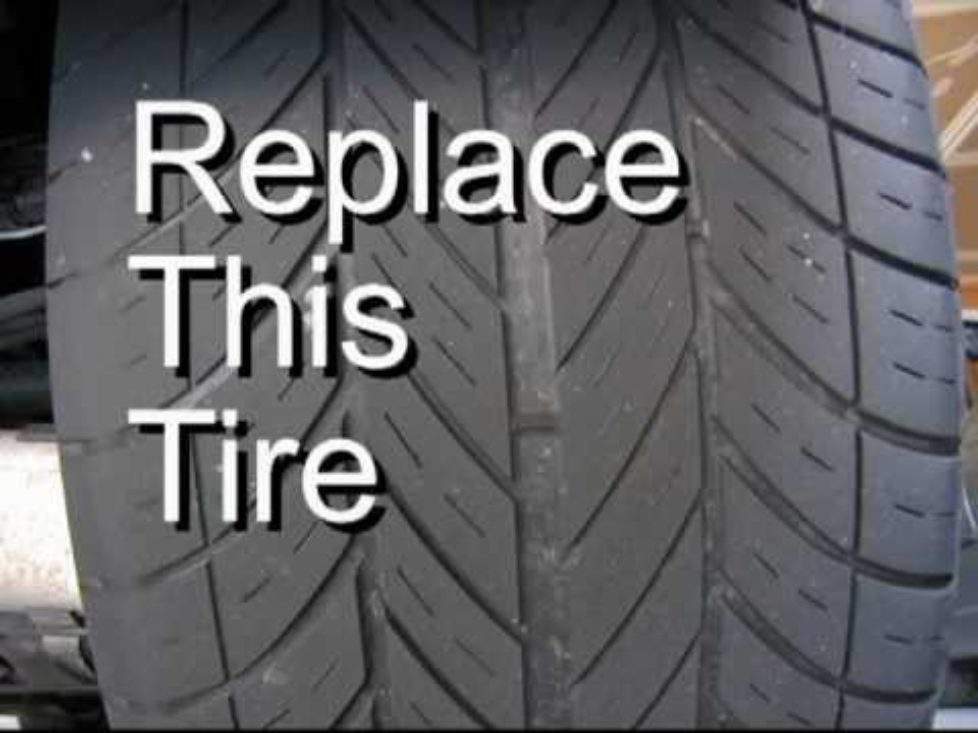 While most new tires have a tread depth around 10/32nds of an inch, the tread wears down over time. This makes it more difficult to steer your vehicle, reduces traction and increases braking time.
While most new tires have a tread depth around 10/32nds of an inch, the tread wears down over time. This makes it more difficult to steer your vehicle, reduces traction and increases braking time.
The U.S. Department of Transportation deems tires that have tread at or below 2/32nds of an inch to be unsafe. While your tire technically has enough tread to drive at this point, it can be dangerous to drive your car in certain conditions or for long distances.
There are three ways to figure out your tires’ tread depth:
Tread wear indicators are built into tires and are raised, evenly spaced sections in the grooves of your tire tread. On new tires, they are not as high as the tread. However, when the tread reaches the same level as the indicators, it means it’s time to replace the tires.
Tire tread gauges are relatively cheap tools that let you measure your tread in thirty-seconds of an inch. This will show you the exact measurement of your tire tread.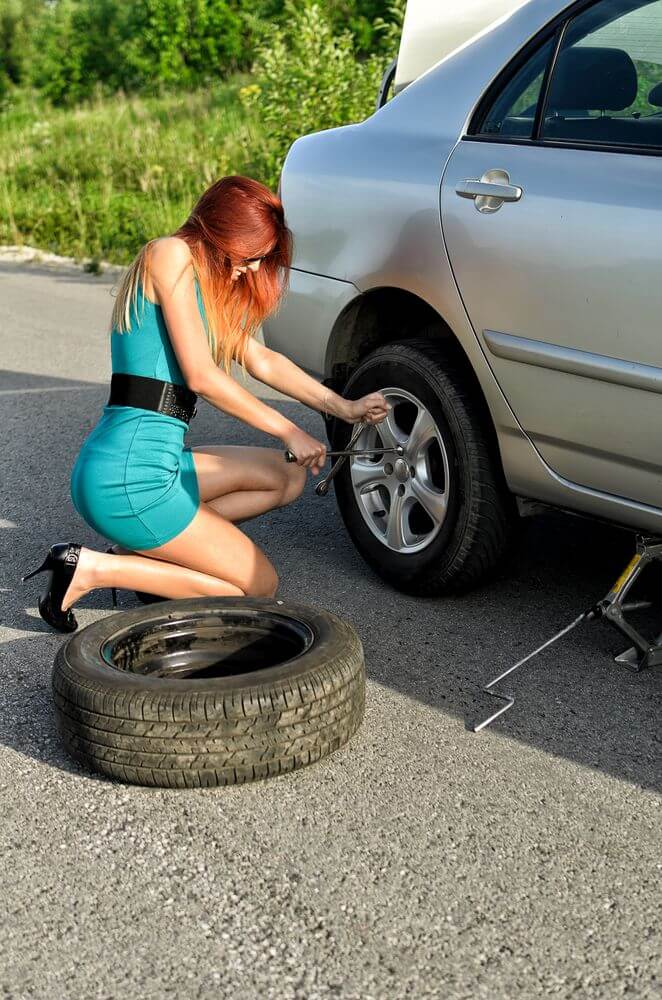
The penny test lets you estimate tread depth based on where the tread hits a penny. To do this test, take a penny, turn it upside-down, and insert it straight down in the groove of a tire’s tread. Look straight on at the penny to determine where the tread hits President Lincoln’s profile. If you can see his entire head, you’ve hit the mark and need new tires.
Regardless of how many miles they’ve driven, tires degrade over time and become more prone to failure. Factors like environmental conditions, storage and maintenance can influence how long a tire will last even if it’s only driven a few hundred miles a month.
While there’s no set requirement for when to replace tires according to age, the general recommendation is to replace them six years after the manufacture date and to never drive on tires that are older than 10 years.
Of course there are other times when your tires are telling you it’s time for replacement despite what your tread measurement might say.
You moved to a new climate. Some tires are designed for specific conditions such as extreme temperatures. Winter tires, for example, have deeper tread and are meant to be more flexible in cold weather; driving them on warm pavement can wear them down more quickly. If you move to a new climate, pay attention to road conditions and weather patterns to determine if you need different tires.
You’re losing traction. If it feels like your car is slipping or sliding during wet weather, this could be a sign of low tire tread that is failing to channel water away effectively. Because tire tread can wear unevenly, you might not notice that some of your tread has worn thin and is affecting your traction.
Most modern cars activate a warning light when your car loses traction. If you are seeing this warning light more frequently as time goes on, check the condition of your tires.
Your tires aren’t holding pressure like they should. Certain types of tire damage, including debris between the rim and the tire and damage to the sidewall, can cause continuous pressure loss.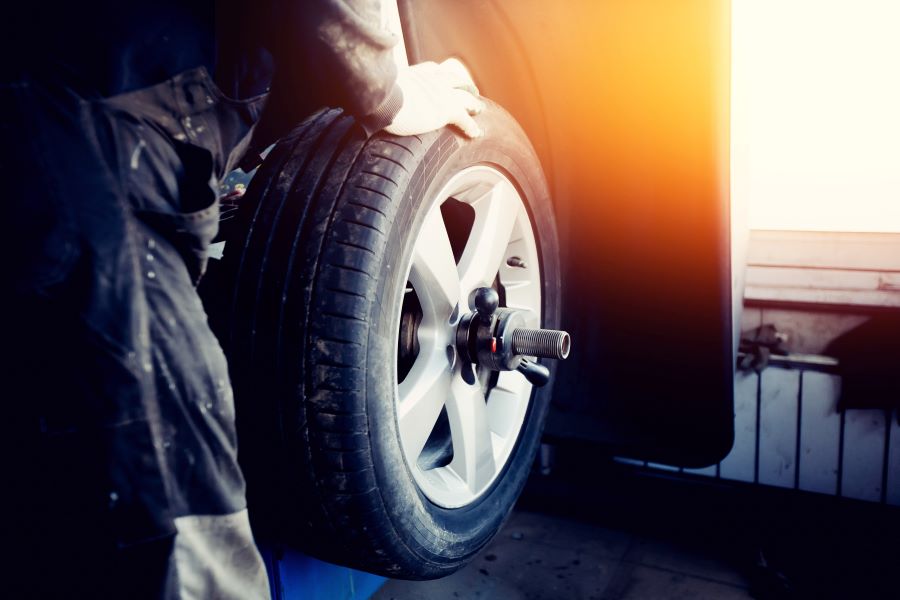 Some damage might be repairable, but some situations will call for new tires.
Some damage might be repairable, but some situations will call for new tires.
🤓Nerdy Tip
An average of 2% air loss in tires is common for every drop of 10 degrees in outside temperature. So don’t worry if your tire pressure varies a bit when it starts to get colder outside.
About the author: Whitney Vandiver is a writer at NerdWallet currently focusing on small business. Read more
On a similar note...
Get more smart money moves – straight to your inbox
Sign up and we’ll send you Nerdy articles about the money topics that matter most to you along with other ways to help you get more from your money.
Maybe you got a used car a few years ago or maybe you recently purchased a new car. No matter the situation, as a car-owner you may be wondering, how often should you replace your tires? When you should replace your tires differs slightly from vehicle to vehicle and driver to driver. However, there are a few standards that should help you determine when to change your tires next.
However, there are a few standards that should help you determine when to change your tires next.
When and how often you should change your tires depends on a few factors. When thinking about replacing your tires, ask yourself these questions:
Along with the answers from above, there are a few pieces of information you can grab from your vehicle to help determine the next time you should replace your tires. The following should only take a few minutes to find out.
Most car experts will tell you to change your tires every 6 years or so. If you are constantly driving, you may need to change your tires earlier. Likewise, if you don’t drive often you can get away with a few extra years.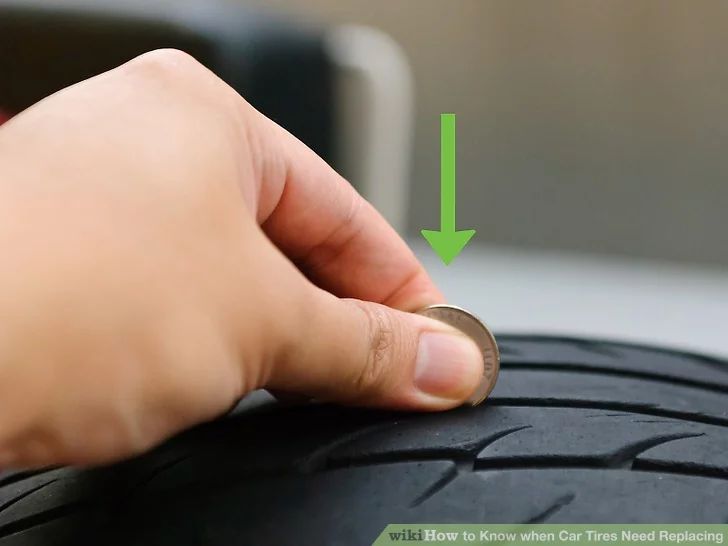
For a car that you bought new, you can easily bet on changing your tires 6 years after your purchase. For used cars, you’ll likely need to look at the date printed on the tire.
To see when your tires were manufactured, look for a four-digit number sequence on the outside of the tire. This will tell you the week of the year in which they were made. For example, 1112 means that the tires were made in the 11th week of 2012.
Another good rule of thumb when it comes to tire replacement is to replace your tires every 25,000-50,000 miles. In most cars, you can check your total mileage on the dashboard.
Aside from time and mileage, you can always check if your tires look like they need to be replaced. To do so, get a quarter and insert it headfirst into the center of the tire tread. If Washington’s head is even with the tread, your tires are safe, but you need to get them replaced soon.
Doing the same trick with a penny, if Lincoln’s head is even with the tread, hopefully, you have some money saved up because you need to change your tires ASAP.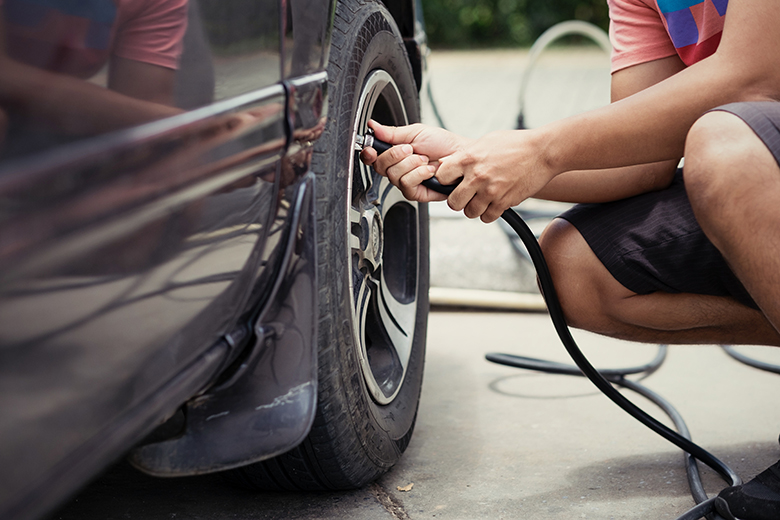
Another physical test to see if it’s time for a tire replacement is to be mindful of how your car feels when you are driving. Does the steering wheel feel smooth when driving, or does it vibrate or veer to one side over the other. If it does any of the latter, consider getting your tires changed.
While there are steps you can take to expand the lifespan of your tires, when they are worn out, you need to replace them. You can’t put off changing your tires, as it is a safety risk to you and other vehicles on the road. Old tires can affect the way your car breaks and stops, which can lead to accidents. Be a responsible car owner and replace your tires when needed.
All car owners need to be on top of replacing their tires. How often should you replace your tires? It might vary from person to person, but there are standards in place to determine tire health. Is your car due for a tire replacement? Then check out Christian’s Tire Shop. We have all the name brands you could possibly want, right here in Albuquerque.
Is your car due for a tire replacement? Then check out Christian’s Tire Shop. We have all the name brands you could possibly want, right here in Albuquerque.
Thursday, April 21, 2016 16:10:19 Europe/Moscow
One of the most frequently asked questions among buyers at the tire center is which axle should I put new tires on? The answer is simple: new tires are always installed on the rear axle of the car, regardless of the drive.
There is a particularly treacherous surface for a tire in the summer - a flooded road, asphalt hidden under a film of water. Sometimes the thickness of this film is not even visible to the eye.
It is water that significantly impairs the behavior of the tire. When there is a lot of water, it is able to create a water wedge that separates the tire from the surface.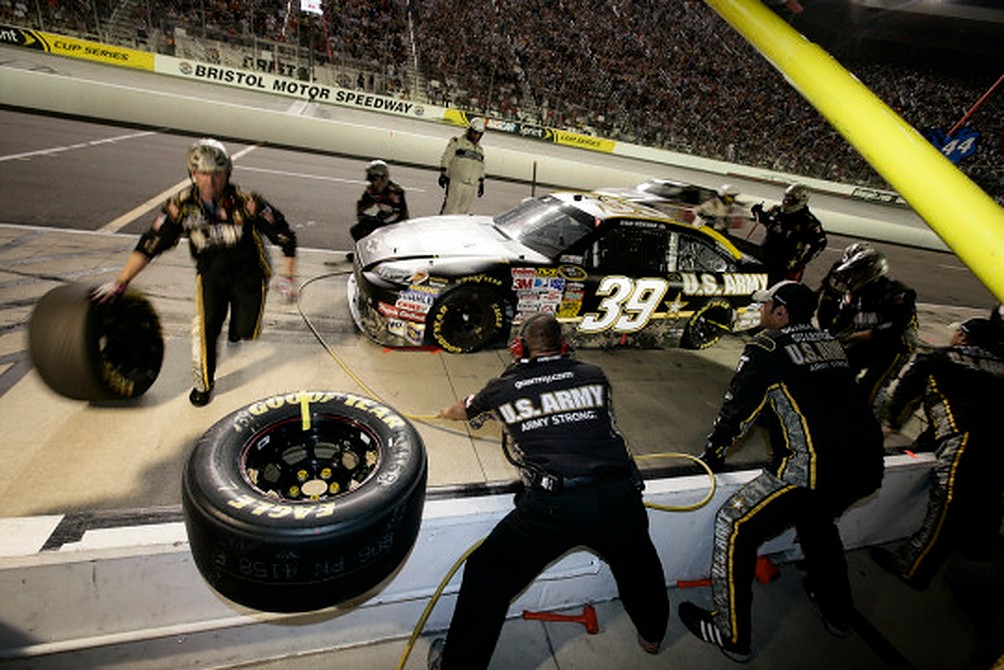 For traction in such conditions, many years ago, the tire tread was indented with a network of drainage channels, and the tire received a tread pattern as a result. Numerous drainage channels of various sizes and directions endowed the tire with a negative profile, which has a three-dimensional structure and is able to reduce the negative impact of water.
For traction in such conditions, many years ago, the tire tread was indented with a network of drainage channels, and the tire received a tread pattern as a result. Numerous drainage channels of various sizes and directions endowed the tire with a negative profile, which has a three-dimensional structure and is able to reduce the negative impact of water.
The more worn the tires are, the less water the tire can carry out of the contact patch and the faster it will lose traction on the road.
Option 1. New tires installed on the front axle
Only the appearance of the car benefits from such an installation, which in the parking lot, with the wheels turned out, can attract additional attention with a new tread. There will be no problem using tires in this way ... until the first rain.
Compare:
Front axle:
the more difficult it is to pass without consequences).
Rear axle:
Lack of good drainage system due to more worn tread.
No additional driver control.
No additional engine load.
The rear axle will go out of control instantly, and it does not need a downpour, a small film of water on the pavement will be enough.
The electronic systems of the car will not be able to stabilize it - physically there is not enough contact area between the tire and the road. As a result, there will be a loss of control over the car due to a rear axle skid, which few drivers can handle.
Option 2: New tires installed on the rear axle
If the front axle is equipped with tires with a lot of wear, the driver will immediately feel problems with traction and take measures: reduce speed or correct steering behavior. And, of course, it's hard to imagine a road covered in water that a front axle with worn tread can go through, but on which a rear axle with newer tires will lose traction.
And, of course, it's hard to imagine a road covered in water that a front axle with worn tread can go through, but on which a rear axle with newer tires will lose traction.
New tires (if you buy two tires), you need to install only on the rear axle , regardless of the vehicle's drive and its technical equipment.
Note that this is a simulated situation where vehicle speed, tire tread depth and water film thickness are already grouped for the negative scenario. But no one will be able to name the framework that you need to adhere to, since one of the criteria - the tread depth - is constantly decreasing. Don't wait for factors (speed, water, tire) to come together in a dangerous combination. Install tires with a deeper tread pattern on the rear axle.
Which tires are better to buy: new or used? The question that every second motorist asks. We will try to talk about the pros and cons of both options.
We will try to talk about the pros and cons of both options.
Tires are a relatively inexpensive part of a car, but in total they cost quite a lot of money over the entire life of the car.
Tires are probably one of the few car parts that needs to be changed regularly. In many respects, this depends on several factors: the intensity of the vehicle’s operation, the time of year, the condition of the roads, the type of car, etc. Therefore, every self-respecting motorist must simultaneously own at least two sets: winter and summer tires.
It's no secret that the maintenance and service of your iron horse is not a cheap task. The same goes for changing tires. High-quality and reliable tires designed for high mileage are not cheap, so even people who are provided with everything are increasingly thinking about how to save money when solving this issue. One of these personal savings options is buying used tires. This article will discuss what is better and what are the advantages of this or that choice.
One of these personal savings options is buying used tires. This article will discuss what is better and what are the advantages of this or that choice.
Tire warehouse
If you belong to that part of car owners who believe that used tires are dangerous and inappropriate, then we advise you to familiarize yourself with their classification:
Europeans tend to insure everything and everything. This also applies to car tires, which are replaced when damaged or worn. Moreover, the entire set changes, even if one part of it is damaged. The depreciation of the unit in this case does not exceed 10%.
The supplier again is Europe with all its features and nuances of the automotive business. Scheduled maintenance obliges drivers to replace if the tread height has worn out by 3-4 mm. This means that for our roads and cars, this tire will be of very high quality.
Many (if not all) car manufacturing companies enter into contracts for the supply of tires for their models. However, before shipment, they undergo a so-called test drive. At the same time, those tires that directly participated in it are either sent for recycling or sold as used.
have either their own resources (our tires are worn out by 75-90%, which almost completely negates the possibility of their further use), or quality samples brought from abroad. Which one you get is a matter solely of your understanding of the problem. Therefore, used tires are a justified risk to save money.
Having bought a new tire, you can not worry about its condition and safely put it into operation. The same cannot be said about used tires, as there may be defects or damage that indirectly or directly affect your safety on the road. We have identified for you the main types of damage that are easy to see with the naked eye:
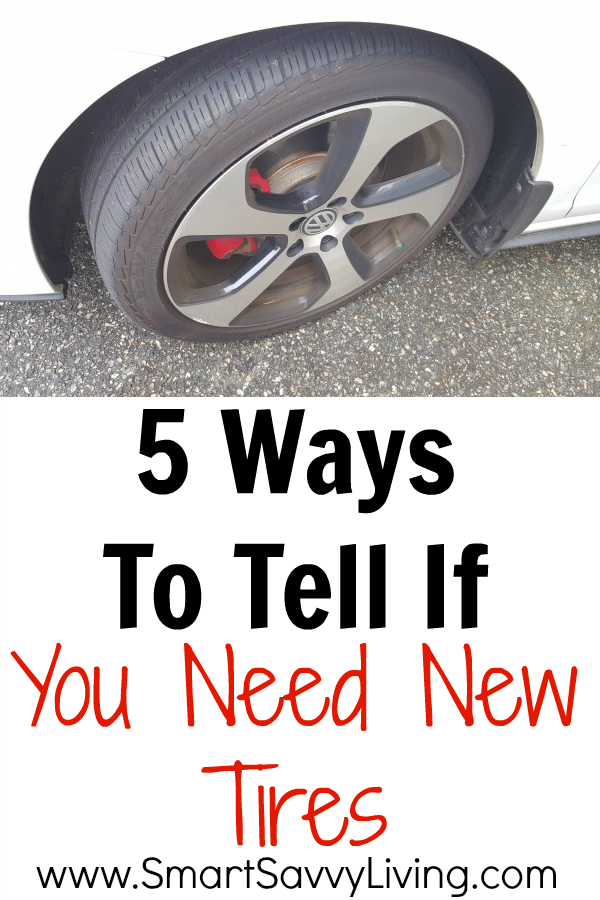 The most frequent and hidden from the inexperienced view type of damage. They are obtained when the car runs into sharp or hard objects that are dotted with domestic roads. Is it dangerous? Yes, but not always. If, for example, the tire ran over a nail, and after removing it, the puncture is not visible, then the tire remains in a normal and ready-to-use state. If it does not fit, then the cord is damaged. It is better to avoid such a purchase;
The most frequent and hidden from the inexperienced view type of damage. They are obtained when the car runs into sharp or hard objects that are dotted with domestic roads. Is it dangerous? Yes, but not always. If, for example, the tire ran over a nail, and after removing it, the puncture is not visible, then the tire remains in a normal and ready-to-use state. If it does not fit, then the cord is damaged. It is better to avoid such a purchase; Ask a workshop to disassemble the tire if it is assembled on the same used wheels. And let it not seem to you excessive arrogance, because now we are talking about your safety.
Many experienced drivers believe that the most important thing in a used tire is the remaining tread depth. In fact, this can only tell you how much it will last. Much more attention should be paid to its integrity and safety. By the way, manufacturers of modern tires equip their products with special indicators that show how much the tire has worn out. It is believed that the maximum distance from the end of the tread to the rubber should be 1.8 mm.
You should also not resort to buying car tires that were manufactured more than 7-8 years ago. It is not known how they were stored all this time and under what conditions they were used. It is very difficult to trace their history, so it is better to simply ignore such proposals.
We return to the fact that it comes down to the experience and personal skills of the driver himself. If knowledge allows you to confidently select quality tires from a trusted supplier, then this should be given attention. Otherwise, buying new ones will not become prohibitively expensive for you, and in some cases even save money.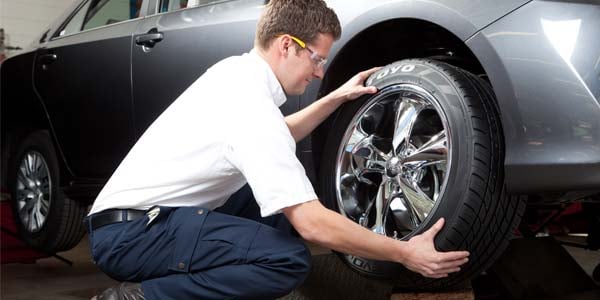 Simple math - the average level of tire wear is 50-55%, that is, they will last almost 2 times less than new tires. At the same time, their price is only 30-40% lower, so it's up to you to decide what to do.
Simple math - the average level of tire wear is 50-55%, that is, they will last almost 2 times less than new tires. At the same time, their price is only 30-40% lower, so it's up to you to decide what to do.
New tires are new tires. It is perfectly balanced, has not been subjected to various loads and is ready to serve you for several years and seasons immediately after it has been broken in. But here, too, care will not be superfluous: it should fit your particular car and be selected based on the type of terrain. Properly selected tires are both safety and comfort, which not all used tires can be proud of.
Buying tires is an important business. How to proceed? Save right away or invest in new tires? How often to change it and many other questions will find their answers in different ways for everyone. Only one thing can be said for sure - used tires reduce the safety of your ride, no matter how high-quality they are.
Especially to make it easy for you to choose the right tires for your car, we have developed the most convenient form of tire selection.